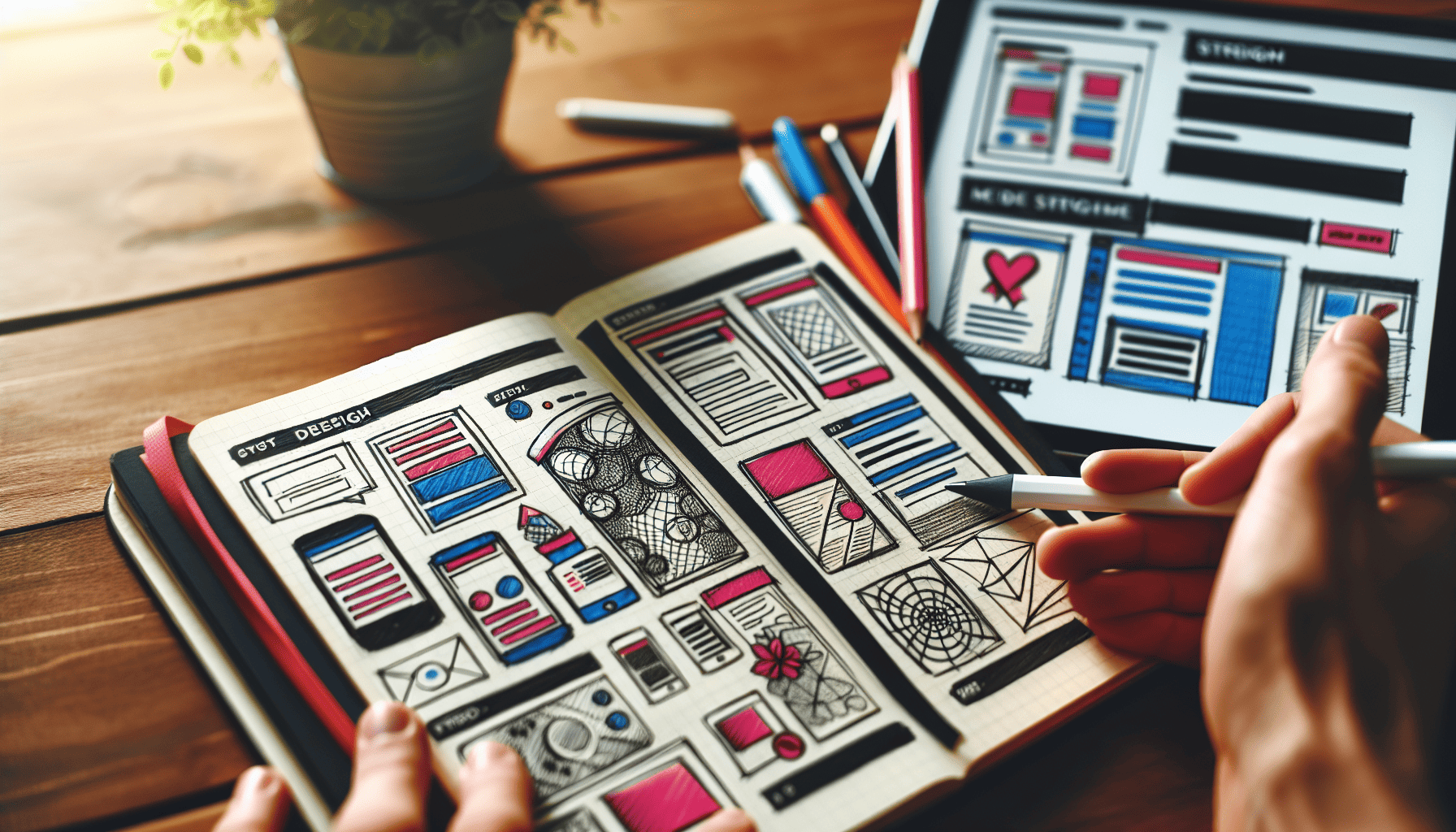In the digital age, where competition for user attention is fierce, the role of creative design in enhancing user experience (UX) cannot be overstated. Websites are no longer mere digital brochures; they are dynamic platforms meant to captivate, inform, and convert visitors. Leveraging creative design elements can turn a monotonous browsing experience into an engaging journey. This article delves into how thoughtful design enhancements can significantly boost user experience, providing both aesthetic appeal and functional benefits, while exploring relevant techniques and case studies.
The Essence of Creative Design in UX
At its core, creative design in UX is about harmonizing aesthetics with functionality. It's about crafting an interface that is not only visually appealing but also intuitive and accessible. The interplay of colors, typography, spatial layouts, and interactive elements contributes to guiding users seamlessly through a website, facilitating their objectives with ease.
1. Visual Hierarchy and Balance
An essential principle of creative design is establishing a visual hierarchy. This involves organizing content in a way that naturally draws users' eyes to crucial elements such as calls-to-action (CTAs), headings, and featured content. Techniques such as using contrasting colors, size variation, and strategic positioning help in achieving this. For example, a case study of a retail website redesign showed that by adjusting the color and size of the "Buy Now" button, customer engagement improved by 30%.
2. Typography and Readability
Typography is more than just choosing attractive fonts; it's about enhancing readability and conveying a brand's personality. Creative use of typography can guide focus and set tone. Custom fonts, when used sparingly, can add a unique flair and support brand identity, as demonstrated in the case of a tech company's web revamp that leveraged distinctive typography to strengthen its modern and innovative image.
3. Interactive Elements and Microanimations
Interactive elements and microanimations serve to captivate user attention and provide feedback to user actions. Subtle animations, like a button changing color when hovered over, can make the interaction more engaging without overwhelming the user. A famous example is the animated transitions on a popular social media site that made navigation more fluid and the overall experience enjoyable.
Techniques for Enhancing User Experience
Implementing creative design is both an art and a science, involving strategic planning and understanding user needs. Here are some techniques to consider:
1. Responsive Design
With the proliferation of devices, ensuring a website is responsive across various screen sizes is paramount. Utilizing flexible grids and scalable images can ensure a seamless experience whether the user is on a smartphone or a desktop.
2. User-Centric Design
Design with the user in mind. Conduct user research to understand needs and preferences. Use this data to inform design decisions, ensuring the interface is intuitive and meets user expectations.
3. Accessibility
Accessibility is an ethics-driven necessity and a legal requirement. Ensuring your website is accessible to all users, including those with disabilities, is critical. This includes using alt text for images, ensuring color contrast, and providing keyboard navigation options.
Case Studies in Effective Design Transformation
Case Study 1: An E-commerce Platform's Redesign
An e-commerce platform witnessed a 25% increase in conversion rates after redesigning its website to be more user-centric. By simplifying the checkout process and enhancing product images with zoom functionality, users found the site not only more appealing but easier to navigate.
Case Study 2: A Non-Profit Organization's Web Overhaul
A non-profit organization successfully re-engaged its audience after redesigning its website with a focus on storytelling through impactful imagery and narratives. This creative approach not only improved user retention on the site but also boosted donations by 40%.
Conclusion
Creative design in UX is more than a trend; it's a fundamental component of building engaging and functional digital experiences. By prioritizing user needs and employing strategic design techniques, organizations can craft websites that are both beautiful and effective. As technology evolves, the potential for creative design to enhance user experience will continue to grow, offering exciting opportunities for innovation and connection.
